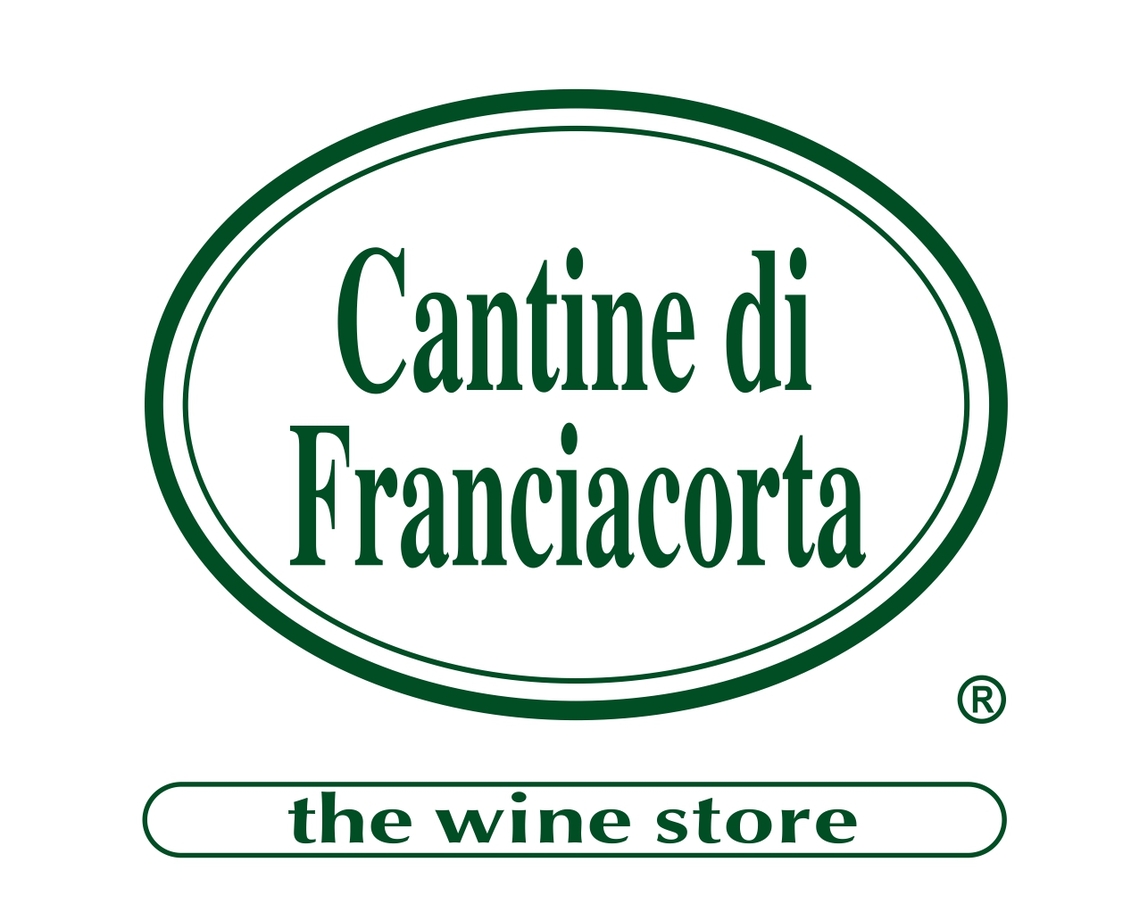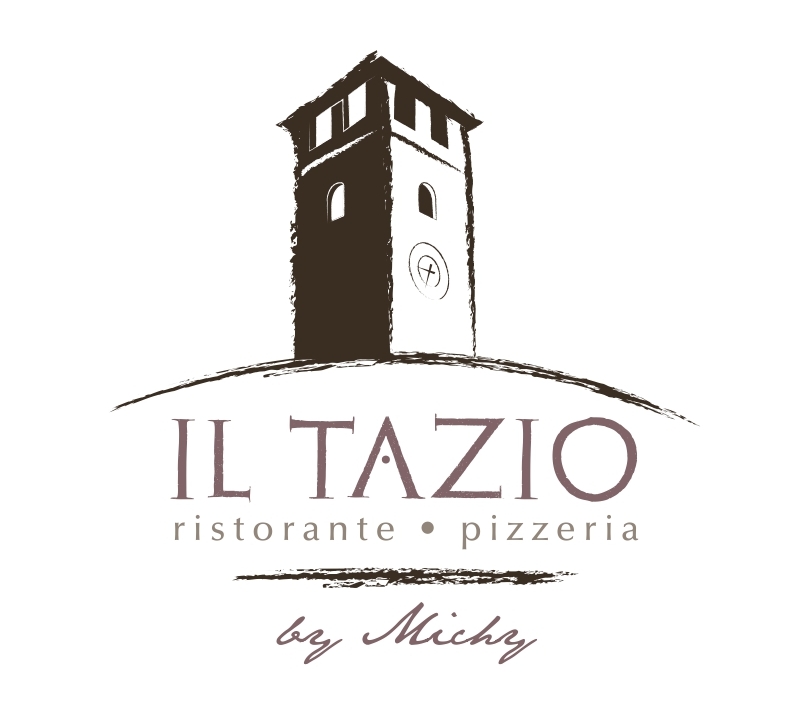Roman Ruins in Clusane
There are certain structures in the historic centre of Clusane, in Via Molino (Molino street), along the lakefront, that can be attributed to the lakefront area of a large Roman villa: it is a sequence of blind arches (at least five plus two that are easily visible), interrupted by a niche.
This villa and the so-called Clusane “Roman baths” have been studied since the 19th century. Gabriele Rosa, a scholar from Brescia, reports of an excavation carried out under the medievalcastle of Count Carmagnolain 1850, bringing to light a pipe carrying water to “small cells adjacent to the Lake, of Roman construction, similar to bathing receptacles, under which, and now under the Lake, mosaic floors were found”. Rosa also recalls the discovery of an inscription dedicated to Jupiter that it would seem Scipione Maffei ordered be taken to Verona. Finally, Rosa also remembers the split, distinctly square limestone ‟archecc” (small arches) outlining the contours of architraves and vaults as easily visible.
Archaeological and stratigraphic investigations of vertical sections were carried out in 1997 during the restoration of a private residential building located not far from there. These uncovered an articulated and long sequence of different occupants from Roman to early Medieval times.
A limited archaeological survey to the east of the area revealed a 4m split stone and mortar wall of up to 80 cm in height, parallel to the shore, connected to two masonry channels. This structure was probably the terrace wall and substructure of a building on various levels looking out spectacularly onto the lake. The construction techniques and binding agent used, combined with the presence of mosaic tiles and lime mortar with crushed pottery in the following level, date the wall to Roman times and suggest it belongs to the villa.
A layer of collapse and dereliction of over 1 metre was identified in an area of 10 square metres behind the Roman structures. It contained mortar, lime mortar with crushed pottery, brick fragments, numerous black and white mosaic tiles, coloured plaster and lots of ceramics, sealed by late medieval levels.
A preliminary examination of materials and still unpublished excavation data dates the villa to between 1st and 5th centuries AD. The presence of room heating elements (suspensurae/terracotta pillars), fragments of white, red and yellow plaster, a marble architrave with the remains of inscriptions and marble slabs are proof of the residential nature of the building and a certain level of quality of the decorative elements, similar to those of the Predore villa.
Some structures of the villa continued to be used during the Middle Ages. A Roman staircase, made of large blocks of stone, cut more or less regularly, was reused between 11th and 13th centuries linking the residential area inside the walls with the small marina and lake.
The staircase and a part of the early medieval structures are preserved within the private house.
Serena Solano
Photo taken from Giornale di Brescia














